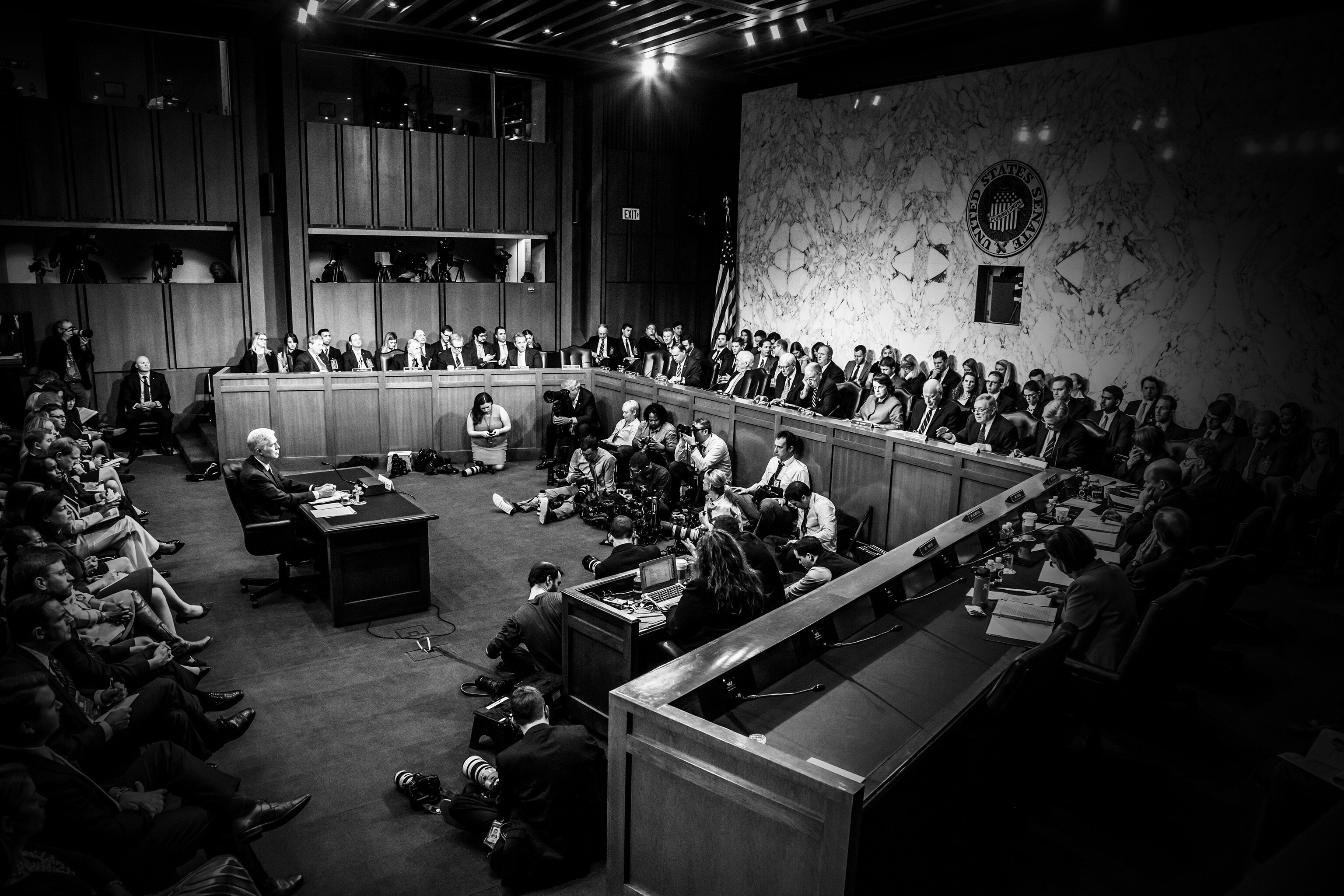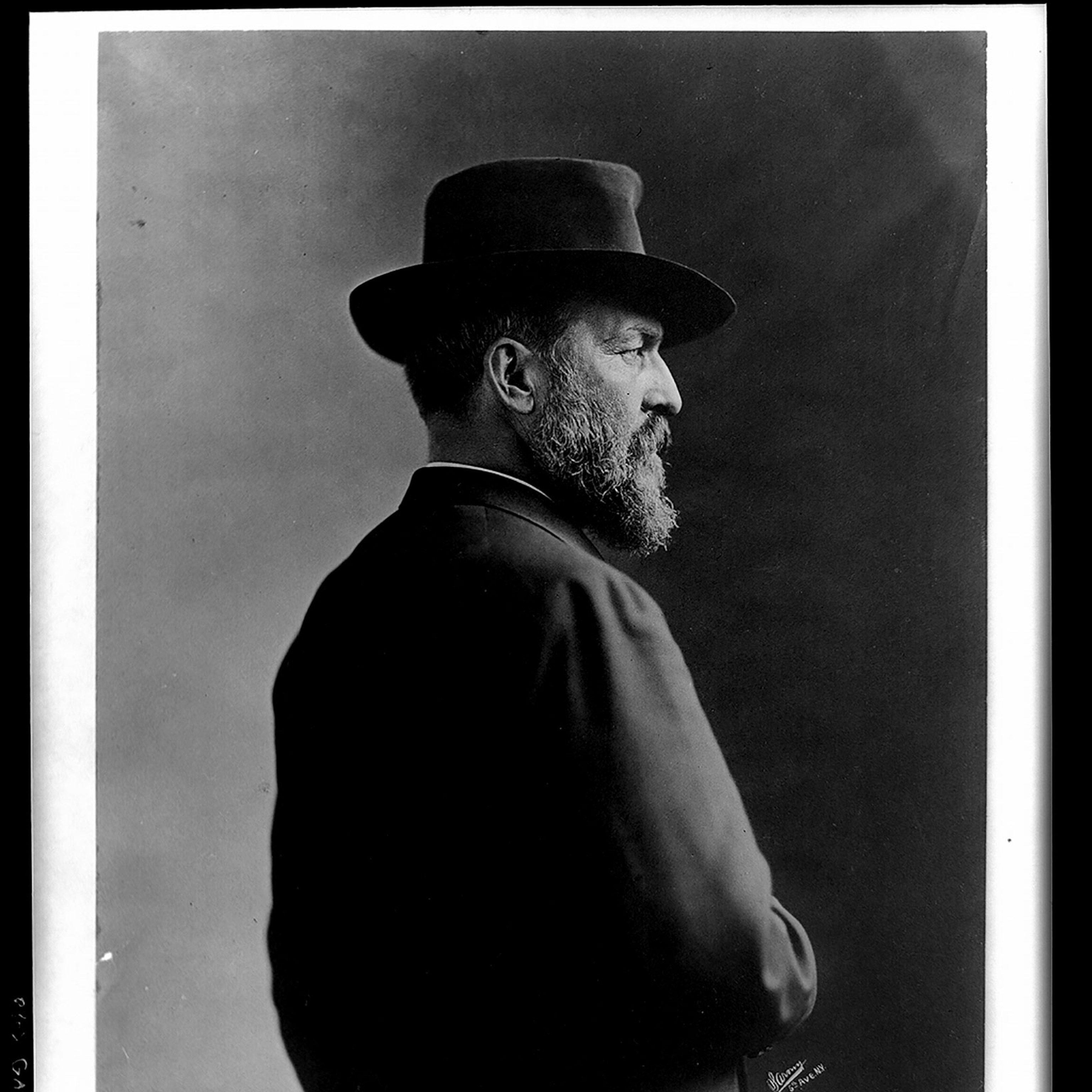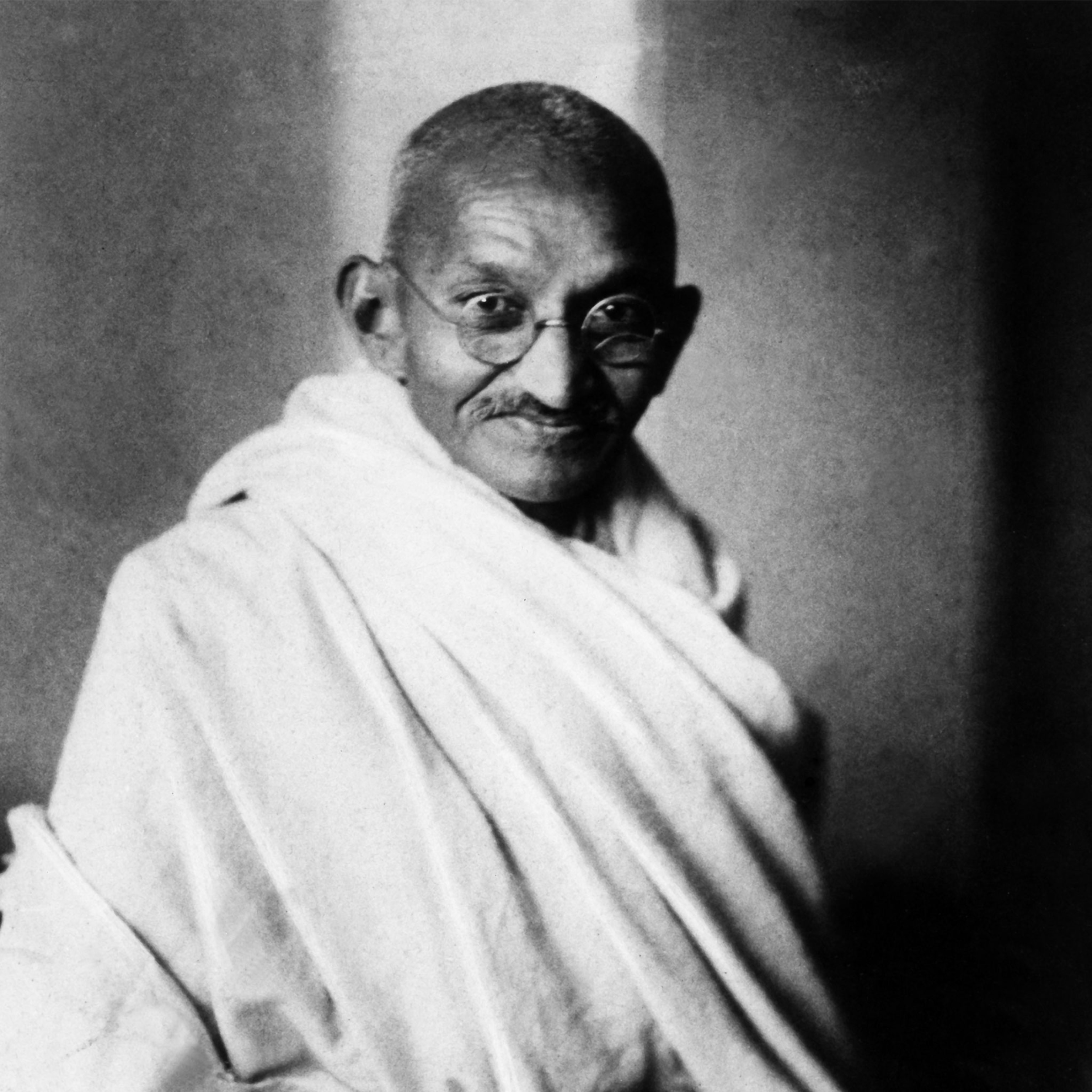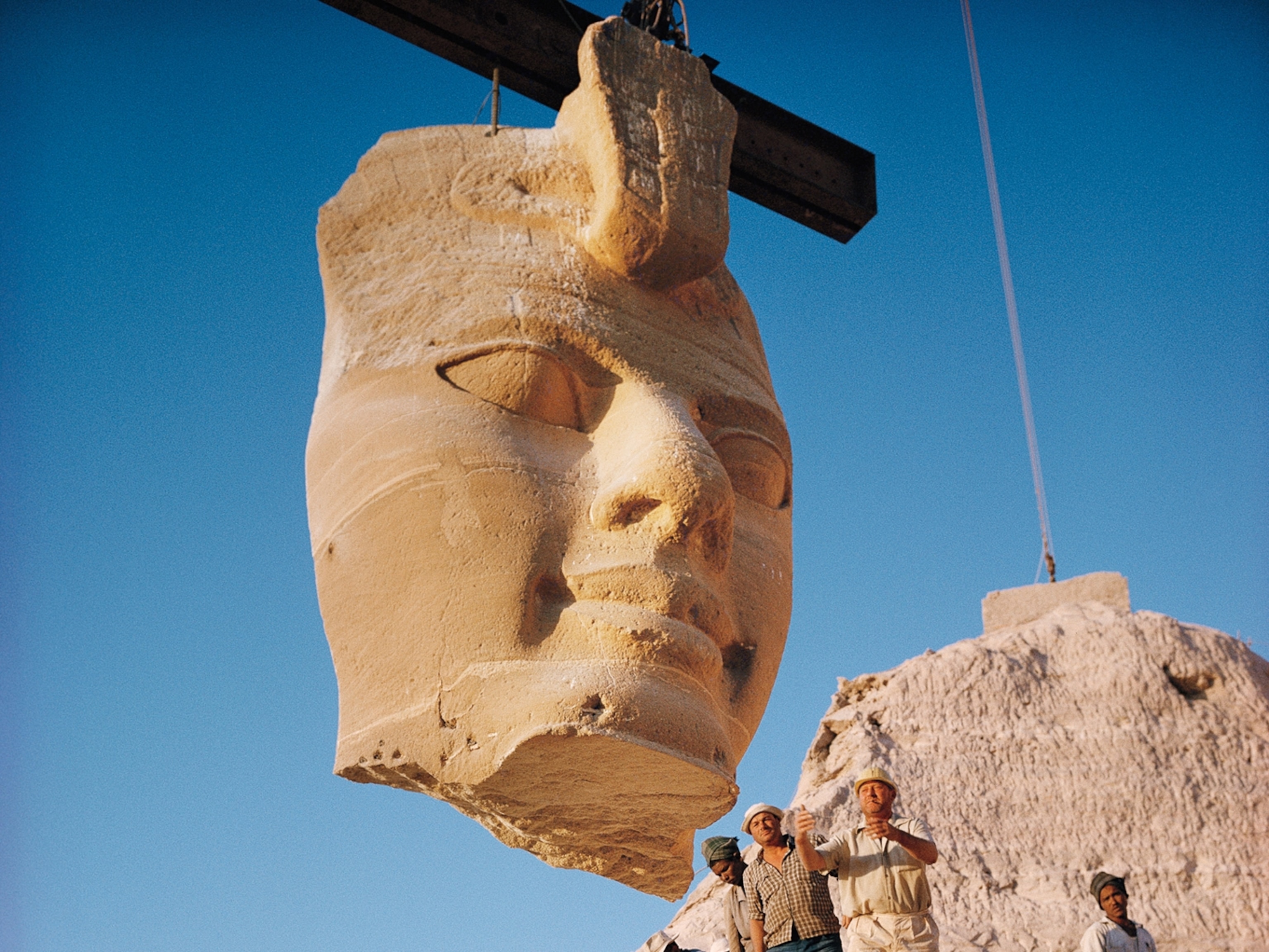
Why filling a Supreme Court vacancy in an election year is so complicated
The Constitution established the Supreme Court in 1789, leaving justice confirmation procedure to Congress. Here's how it works—and how it has changed.
On September 19, the death of U.S. Supreme Court Justice Ruth Bader Ginsburg kicked off immediate speculation as to whether President Donald Trump would be able to replace her as his term draws to a close. Republican Senate Majority Leader Mitch McConnell promised to bring Trump’s nominee to a vote—even though just four years prior he had blocked President Barack Obama’s nomination of Merrick Garland on the grounds that it was an election year.
According to the New York Times, this Supreme Court vacancy is the second-closest to an election ever—the only one that occurred closer was when Chief Justice Roger B. Taney died 27 days before the 1864 presidential election. Then-president Abraham Lincoln delayed his nomination of Salmon P. Chase until after he won reelection.
But much has changed since then in how Supreme Court justices are selected. So what happens next? It helps to first understand how Supreme Court vacancies are filled and how that has changed over the years—lengthening from just days to an average of two to three months and becoming hotly debated public hearings. (Ginsburg's influence on American politics and modern culture inspired women around the world.)
Advice and consent
Seeking to create a system of checks and balances in their new government, the framers of the Constitution established a judicial branch charged with ensuring the president and Congress made no laws that conflicted with the Constitution. They further empowered these judges with lifetime appointments to uphold their independence, stating in Article III, Section I of the Constitution that judges, “shall hold their Offices during good Behaviour.”
But during the Constitutional Convention in July 1787, the Founding Fathers debated the best way to select Supreme Court justices. Some argued for giving the authority to either the legislature or the president, while others wanted to ensure the court was accountable to both branches of government.
Ultimately they settled on a model that Massachusetts had used for more than one hundred years, giving the Senate the right to confirm presidential appointments. This right of advice and consent is enshrined in Article II, Section II of the Constitution, which further granted the president authority to unilaterally and temporarily fill court vacancies during Senate recesses.
But the framers kept the job description for Supreme Court nominees vague. There are no constitutional requirements for age, experience, or citizenship of Supreme Court justices, nor did the Constitution establish how many justices would make up the court. Instead, it left many of the details of how the Supreme Court would function up to Congress and the president.
Two years later, the first Congress passed the Judiciary Act of 1789 that established a court of six justices—a number that would fluctuate with various acts of Congress over the next 80 years from as few as five to as many as 10 during the Civil War. The act was signed into law by George Washington on September 24, 1789. He submitted his six nominees to the Senate the same day and the Senate confirmed them all two days later.
Rise of the public hearings
When a vacancy arises on the Supreme Court whether due to a death or resignation, the process to fill the seat officially begins when the president sends a message to the Senate putting forth his candidate. In the country’s earliest days, the Senate would quickly vote on the nomination, often in a matter of days. But the appointment process has since grown longer and more complex.
In 1816, the Senate created a standing Committee on the Judiciary that has played an increasingly important role in the confirmation of Supreme Court nominees. In 1868, the Senate ruled that all nominations must first go through the committee unless an exception is granted, before being submitted to the entire Senate for a vote. According to a Congressional Research Service report, from that point on only six Supreme Court nominees have not been referred to the committee—a former president, a senator, and other easily confirmable candidates.

At first, the Judiciary Committee debated Supreme Court nominations privately. But in 1916, that changed when Woodrow Wilson nominated Louis Brandeis to the Court. Conservatives were furious with the selection of Brandeis, who was both Jewish and a progressive reformer. In response, the Senate held its first-ever public hearings on the nomination in which witnesses weighed in on Brandeis’ fitness for office. Brandeis, however, didn’t attend the hearings in keeping with Senate tradition at the time.
During the subsequent decades, Supreme Court nominees began to attend their own hearings—but it wasn’t until the late 1930s that these became the public grilling of today. In 1937, the public became outraged when it was discovered that Justice Hugo Black, who had been confirmed in just five days without a public hearing, had once been a member of the Ku Klux Klan. Seeking to mollify their constituents, in 1939 committee members agreed to hold a thorough public inquiry into Franklin Roosevelt’s next nominee Felix Frankfurter.
Filibusters and cloture
Modern history has also changed the way the Senate votes on Supreme Court nominees. Once the judiciary reports on a nomination, the Senate majority leader typically schedules it for consideration among the full body. Traditionally, those who opposed a candidate could attempt to block the nomination by dragging out the debate in a maneuver known as a filibuster. Supporters, meanwhile, could end a filibuster by invoking cloture—a motion that forces a vote on a pending matter within 30 hours.
For most of its history, a cloture motion required two-thirds of senators to be present and voting, according to the Congressional Research Service report. But in 1975, the Senate lowered the number of cloture votes required to three-fifths—or 60 senators—hoping to reduce the number of filibusters. In 2017, the Republican-led Senate revised its rules once more requiring just a majority vote to end debate on Trump’s first Supreme Court nominee Neil Gorsuch.

When the debate ends, the Senate requires just a simple majority—or 51 votes—to confirm a judicial nominee. In case of a tie, the vice president casts the deciding vote.
Should the Senate fail to confirm a nominee, presidents still have an option available to them: recess appointments in which presidents unilaterally appoint their nominees while the Senate is adjourned. These appointments, however, are temporary through the end of the following Senate session and while presidents have made use of them throughout history, there has not been a recess appointment to the Supreme Court since the 1950s when Dwight D. Eisenhower invoked public ire by nominating three candidates to the court in this manner.
How the presidential election affects the process
As the U.S. gears up for another nomination battle—with fewer than 45 days to go before the presidential election—a few critical questions have arisen: Will there be enough time for Trump’s eventual nomination to go through? And should the Senate consider it at all this close to the election?
As the Congressional Research Service reports, the overall length of the Supreme Court confirmation process has “increased significantly over the course of more than 200 years.” Once completed within about a week, in recent decades the process has stretched to two to three months. The confirmation process for Obama nominees Sonia Sotomayor and Elena Kagan lasted 66 and 87 days, respectively, while Trump nominees Gorsuch and Brett Kavanaugh lasted 65 and 90 days.
Still, most presidential nominations for the Supreme Court are ultimately confirmed. Since the court’s establishment, 126 of 163 candidates—more than 77 percent—have been confirmed. Given the modern changes in cloture rules—as well as their minority position in the Senate—Democrats have fewer tools at their disposal to stymie Trump’s nominee.
But there’s also the question of this being a presidential election year. Throughout history, presidents have nominated Supreme Court candidates regardless of whether it was an election year, including Brandeis, whose nomination was confirmed in June 1916. But in March 2016, following the death of Supreme Court Justice Antonin Scalia, the Republican-controlled Senate refused to consider Obama’s nomination of Merrick Garland to the court—or even grant him a hearing—arguing that the Senate hadn’t confirmed an election year nominee since 1932.
Now, Democrats argue that the Senate should decline to consider the nomination at all due to the precedent set by their opponents in 2016. Democratic presidential candidate Joe Biden has stated that the next president should be the one to choose Ginsburg’s successor. But McConnell has already promised to bring Trump’s nominee to the floor for a vote. The stage is now set for a showdown—and it’s anybody’s guess how it will end.








